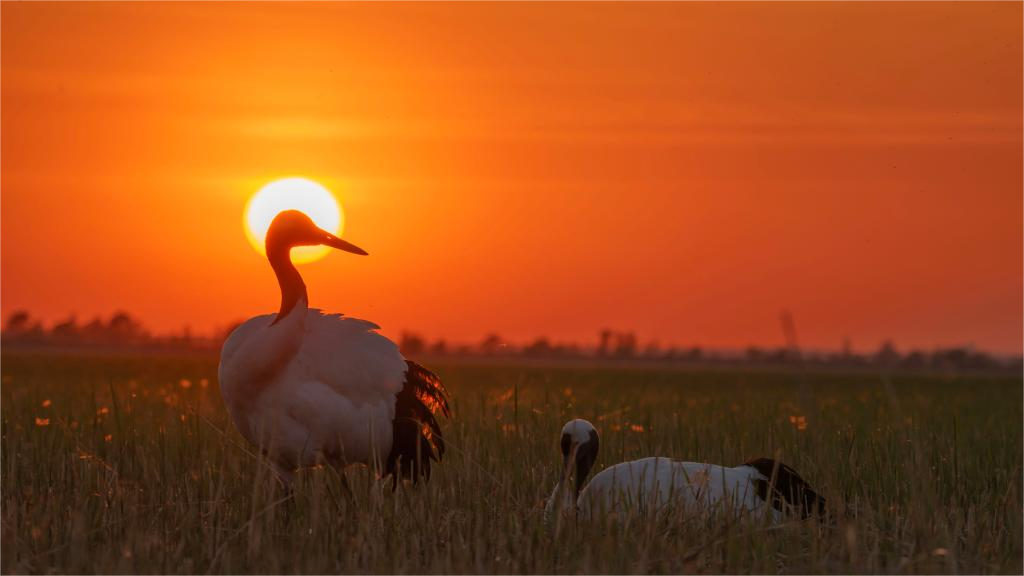Tibetan entomologist strives to unveil butterfly mysteries
LHASA, May 9 (Xinhua) -- In the laboratory of Tibetan entomologist Dawa, a delicate grey butterfly, adorned with white stripes and intricate golden circles, has found its final resting place.
This specimen, kept behind glass in a display case, represents one of more than 300 newly discovered species that Dawa and his team have unearthed in southwest China's Xizang Autonomous Region.
"Each new butterfly serves as a surprise, unveiling the mysteries of biodiversity on the plateau," said Dawa, a 55-year-old associate researcher at the regional institute of plateau biology.
For over 30 years, Dawa has been immersed in the taxonomy of insects.
"It's about understanding and safeguarding rare species, providing a crucial foundation for maintaining the ecological balance of the plateau area," he said.
For Dawa and his colleagues, collecting insects is both an intimate communion with nature and an unyielding battle against nature's harsh elements -- intense ultraviolet rays, unpredictable climate shifts and intricate geography.
Every year, they embark on field expeditions, spending over 140 days covering nearly 20,000 km. Their journeys take them through mountains, valleys, grasslands and lakes, with each step a testament to their unwavering dedication.
Their most extended expedition led them to the rainforests of Medog County, where humidity, heat and mosquitoes abound. Enduring hunger, sunburn, allergies and insect bites, they collected tens of thousands of highland insect specimens.
Xu Yongqiang, a member of Dawa's team, recalls how even a moment's distraction could result in his arm being covered in mosquito bites. He often asks Dawa where his unwavering passion comes from.
The answer lies in Dawa's childhood, when he encountered a Cabbage White butterfly among some flowers -- an encounter that sparked his curiosity and desire to learn more about these beautiful creatures. Despite initial hesitation from his parents, Dawa pursued his passion for studying insects.
His mother, Lungzin, now fully supports his work. "I read all the popular science articles about plateau insects he posted online. Over the years, I've come to understand him," she said.
In 2017, Dawa's team started compiling a catalog for Xizang's butterflies, marking the first time the scientific names of butterflies had been recorded in Mandarin, Tibetan and Latin.
This catalog meticulously documents over 600 butterfly species found in Xizang, including morphological characteristics, host plants and distribution information.
"The catalog is a work in progress," Dawa said, emphasizing the crucial role butterflies play in assessing and protecting the plateau's delicate ecosystem.
Unique plants in the plateau ecosystem rely solely on specific butterfly species for pollination. If these particular butterflies disappeared, these rare plants would face immediate extinction, leading to the demise of the animals dependent on them for survival, Dawa further explained.
As the primary component of the Qinghai-Xizang Plateau, changes in Xizang's biodiversity directly impact global climate and biodiversity.
"If my work can contribute even in the smallest way to preserving biodiversity, then it's a mission worth pursuing," Dawa said.
(Xinhua correspondents Jigme Dorje and Tenzing Nima Qadhup also contribute to the report.)
Photos
Related Stories
- Strawberries bring sweet life to villagers in SW China's Xizang
- China's Xizang reports robust May Day holiday tourism
- Motorcyclists witness Xizang's development during travel
- In pics: Breathtaking beauty showcases Xizang's ecological conservation results
- Xizang reports soaring exports of local agricultural specialties in Q1
Copyright © 2024 People's Daily Online. All Rights Reserved.









